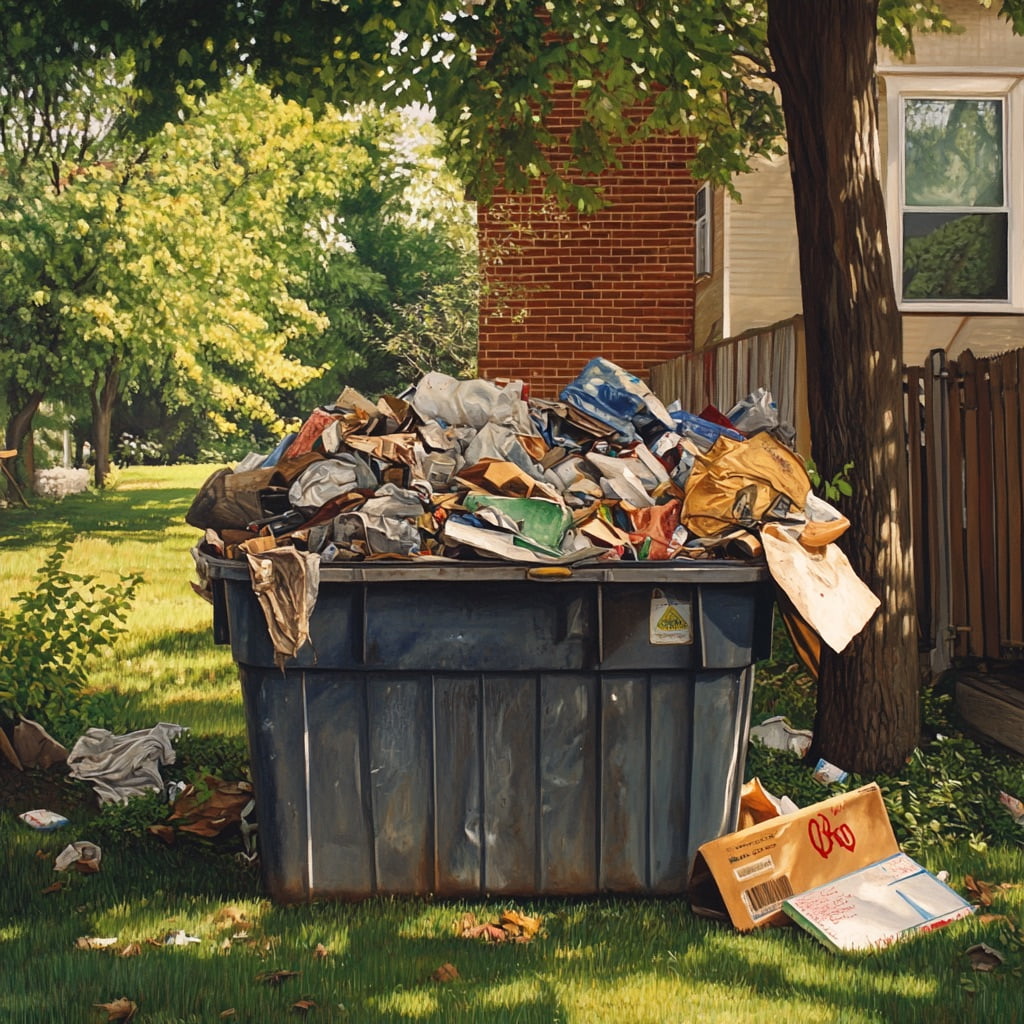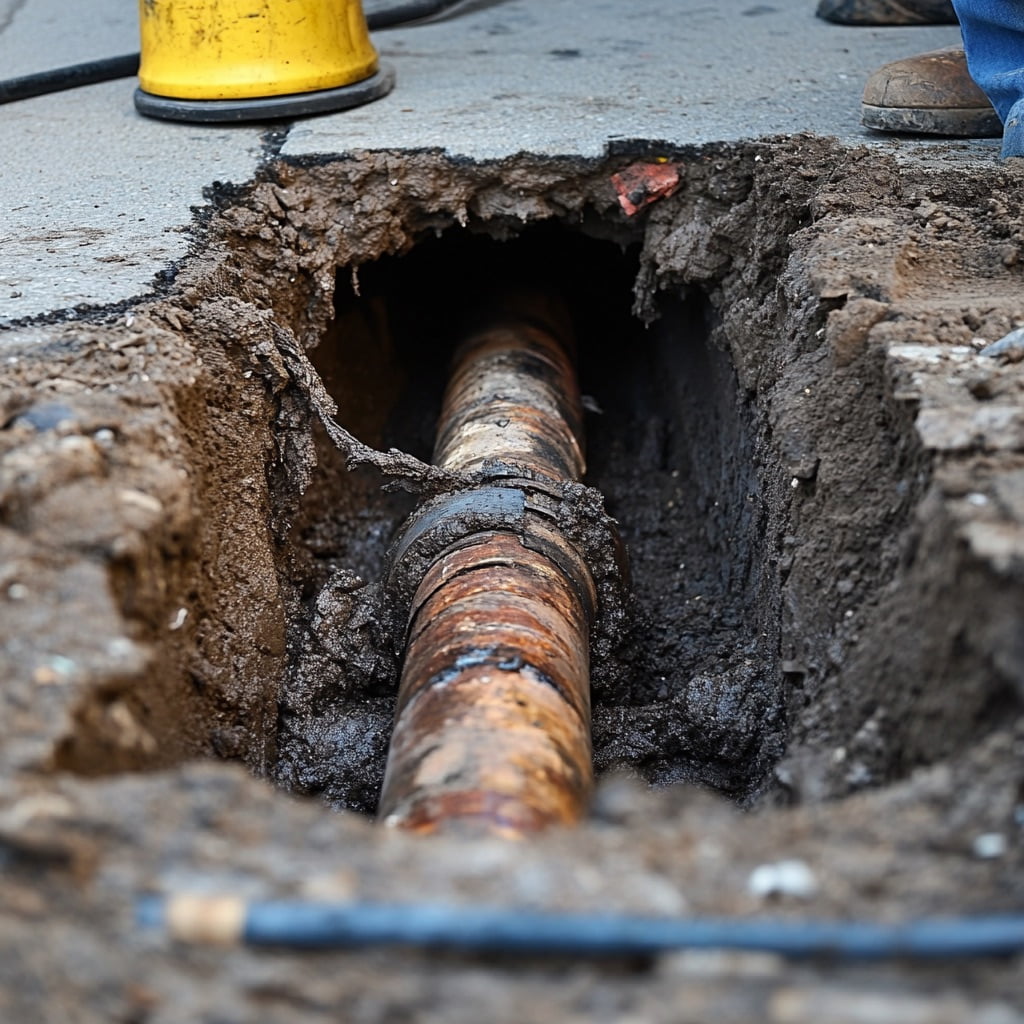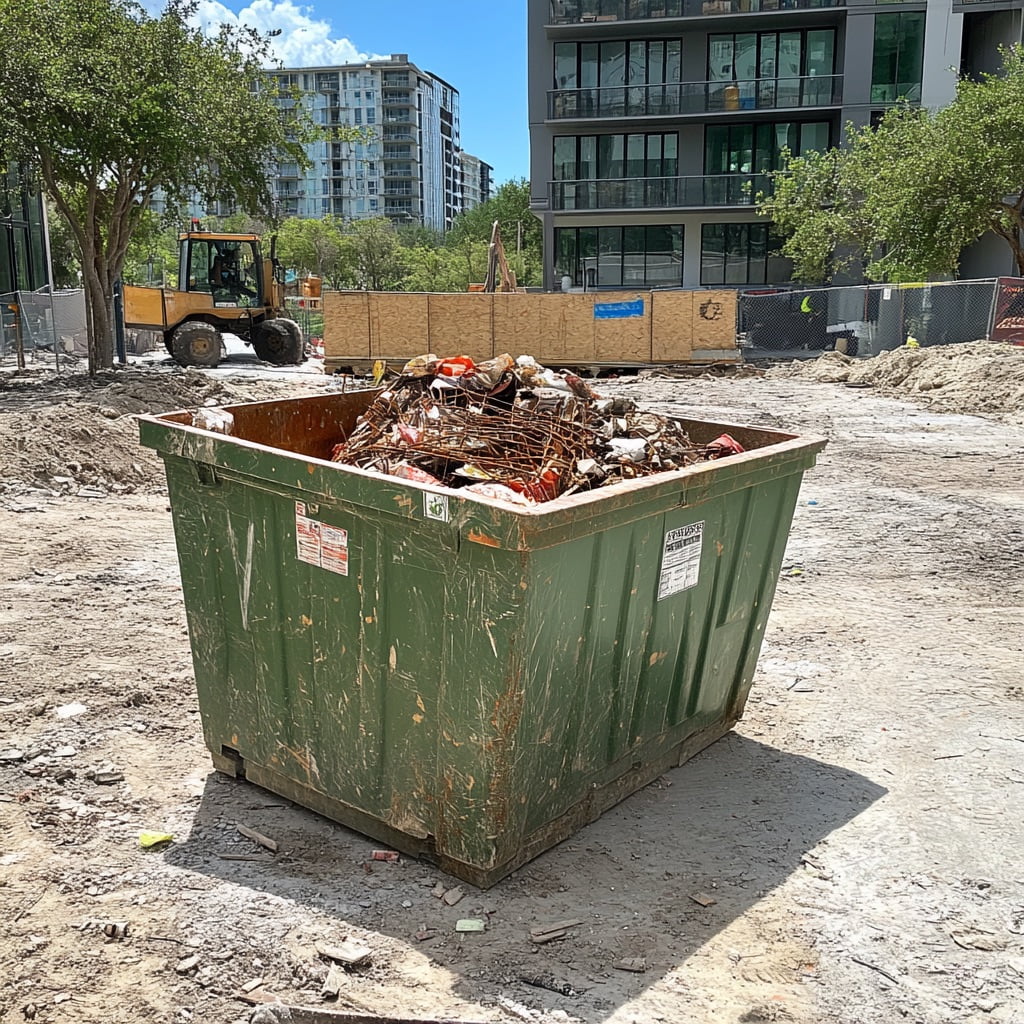Last updated on
Generators are great for providing backup power for your home but can be noisy.
If you live in an area where there are lots of neighbors who don’t appreciate the sound of a generator, it can be a problem.
Luckily, there are some things you can do to help reduce the noise that comes from your generator. If you want to know more, you can check the Premier generator for more information or scroll further below for additional details.
Research the Laws and Ordinances for Generators in Your Area

What’s a decibel? It’s a unit of measurement for sound intensity, measured on a scale from 0 to 120.
They are a measure of volume, so they’re an excellent way to track how much noise your generator makes.
You can find out your area’s decibel rating by checking with your local authorities and asking them how much noise a generator can make before it becomes a nuisance.
You may be surprised by what you learn.
This is also where things get tricky because some areas have stringent laws about how noisy generators can be, while others don’t have any restrictions.
So if there aren’t any laws or ordinances in place yet, then it’s up to each community member whether or not they want more noise restrictions on their generators than what’s currently allowed by law.
But it’s always safe to assume that if you’re within a certain distance from other houses or businesses, you may have to be careful about how loud your generator gets.
Purchase Sound-Dampening Material
Sound-damping materials or generator mufflers reduce the noise level of an engine by slowing down the vibration and making it less audible.
You can purchase these materials at most hardware stores.
When it comes to electrical installation and maintenance services, you should always hire a professional to do the job for you. They have the knowledge and expertise to ensure that it is installed correctly and safely.
They may also be able to provide recommendations on how to reduce noise even further, such as installing sound barriers or optimizing the placement of your generator.
Acoustic Foam Panels
Acoustic foam panels are often used for soundproofing a generator.
These panels can be purchased online or at home improvement stores and installed on the walls of your garage or basement, where the generator is.
The panels will help reduce the noise emitted by your generator. The best way to use acoustic foam panels is to install them directly onto your garage or basement walls.
This ensures no damage during installation or removal, which can cause them to lose their effectiveness over time.
If you choose not to install them directly onto the wall, consider using screws or adhesive tape instead of nails so that they do not damage any surfaces that may be present in these areas, such as wood floors.
Acoustic Fiberglass
Acoustic fiberglass is an effective way to block noise from your generator. It absorbs sound waves and converts them into heat, so they cannot bounce around and disturb nearby residents.
Acoustic fiberglass comes in two types: loose fill and batts.
Loose-fill acoustic fiberglass consists of small pieces of glass fibers, which you can spray onto the surface of your walls or ceiling.
Batts are sheets of acoustic fiberglass that you can cut to fit your space and install between two layers of drywall or plywood.
The best way to prevent sound from reaching your neighbors is by using both types of acoustic fiberglass.
The loose fill will absorb lower frequencies, while the batts will absorb higher frequencies. But if you have only one type available, choose loose-fill because it works better at blocking low-frequency noise.
Fabric Wrapped Acoustic Panels
The fabric-wrapped acoustic panels come from high-density polyurethane foam, a type of foam that you can cut into shapes and sizes without losing its strength or ability to absorb sound.
They come in different thicknesses, ranging from 1 to 6 inches thick.
The thicker ones are better at blocking out lower frequencies or basses, while thinner ones do better at blocking out higher frequencies or trebles.
They’re also available in different colors, including black, white, red, and yellow.
They are easy to install because they have an adhesive backing that allows them to stick right onto your generator’s walls or ceiling without any necessary tools.
You may need some help getting them just right, though, because they’re not meant for use by one person alone, so make sure you’ve got someone around who can help you hold them in place while they dry overnight.
Fire Rated Foam
Fire-rated foam is a great way to reduce the sound of your generator. It can help create a barrier between your generator and the outside world.
This will reduce the noise you hear from the generator, but it will also help prevent fire damage in case of a fire nearby.
You can use many different types of fire-rated foam for this purpose.
It would be best if you choose the right type for your needs so that it is effective at reducing noise as well as preventing fire damage.
Use a Soundproof Case for Your Generator
This box can be any kind, but it should be large enough for the generator to fit inside and have room for air circulation.
Generators can produce a lot of heat. If you don’t have enough ventilation, the temperature inside your generator could rise to dangerous levels.
That’s why it’s vital to ensure you have enough airflow in your soundproofing efforts to avoid any potential health risks.
Soundproof cases are practical because they help prevent noise from escaping through the generator’s sides and keep outside noises from entering through cracks or gaps around its edges.
If you use a dense material like wood or steel and seal off all sides with caulk or another sealant, you’ll also reduce some of the noise from vibrations within your generator.
Additional Tips
Here are additional tips that can help soundproof your generator.
Install a Muffler
You can also install a muffler on the exhaust pipe of your generator. This will help keep some of that escaping noise from reaching nearby homes and businesses.
A muffler is an easy DIY project that anyone can do with basic mechanical skills and access to simple tools like wrenches and screwdrivers.
Consider a Quieter Model
Or you can consider buying a quieter model than currently available today. There are plenty of options out there.
The Takeaway
Soundproofing a generator is best done before installation, as it will be much easier to do than after installing it.
Here are our top tips for soundproofing a generator safely, legally, and without annoying your neighbors:
First, consider the size of your home. If you have a small house or apartment with just one room where you will use the generator, soundproofing doesn’t need to be as thorough as it would if you were trying to soundproof an entire house.
Second, use suitable materials. The most effective way to soundproof a generator is with an enclosure that has no holes in it and is from dense materials like wood or metal.
However, these materials are often expensive and difficult to work with, so if you’re on a budget or don’t want to spend much time on this project, consider building an enclosure out of cardboard boxes instead.
Finally, choose the right location for your generator enclosure. If possible, place it near an existing wall so it isn’t exposed or vulnerable from all sides.
This will help keep noise from traveling outside into other parts of your property or neighborhood where it can annoy people who aren’t expecting it.
Recap:




